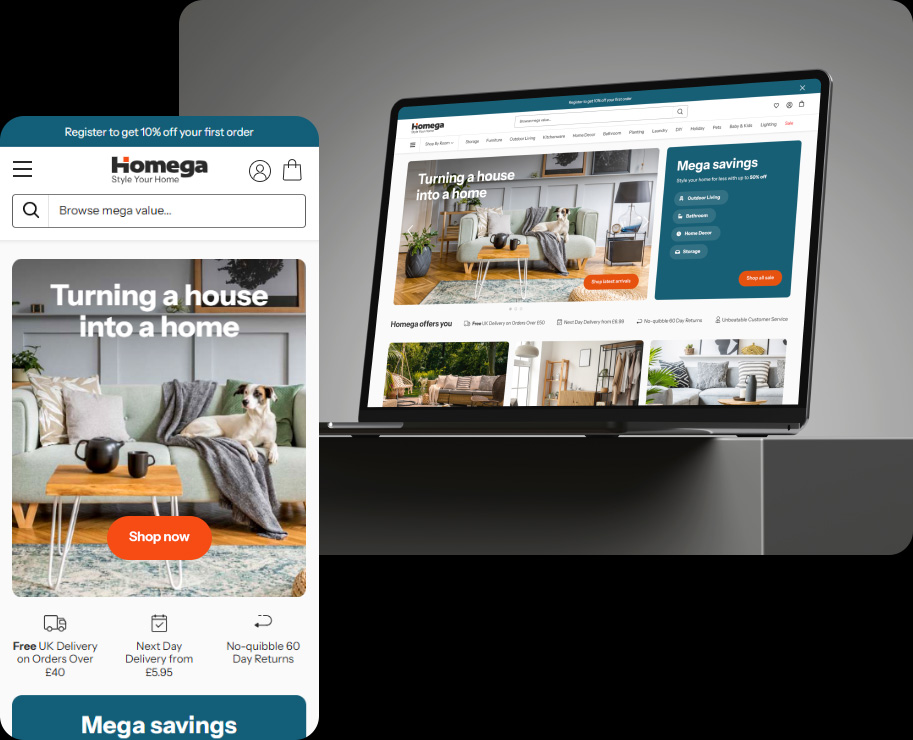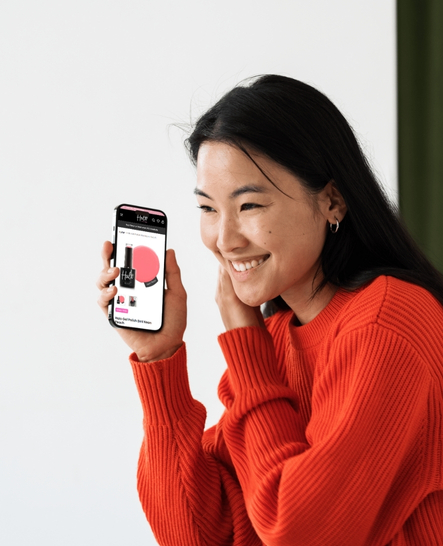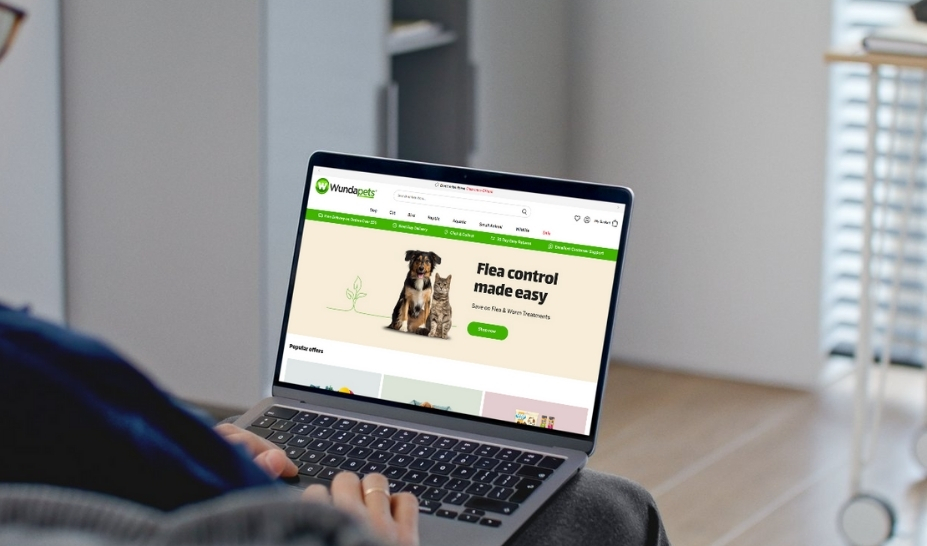Website Usability & Auditing
User experience (UX), user interface (UI), and conversion rate optimisation (CRO), wrapped into an actionable report for you to get more from your website.
Reveal opportunities hiding in the data and boost website profits
Request an audit from our team to get visibility on performance leaks and learn the smartest route to where you want to be. Our experienced technicians and analysts lift the hood on your site and find ways to make it more efficient. We provide a comprehensive report with all the insights you need to boost return on investment.
54%
Avg. traffic increase

71%
Avg. revenue increase

98%
Avg. CVR increase

69%
Avg. Retention rate increase

*Average metric increases are measured across new website design and builds from Studioworx comparing 12 months after launch against the previous 12 months
CMS platforms we partner with
Magento, BigCommerce, Shopify, WordPress, WooCommerce, Kooomo






Integrated development and marketing strategy
Website audits often just focus on CRO, but there are many moving parts that affect your overall performance online
Studioworx audits include an action plan that we can implement as a one-off project or ongoing maintenance. Choose an audit for a specific goal or opt for a conversion rate optimisation (CRO) audit, which combines all factors that impact sales.























